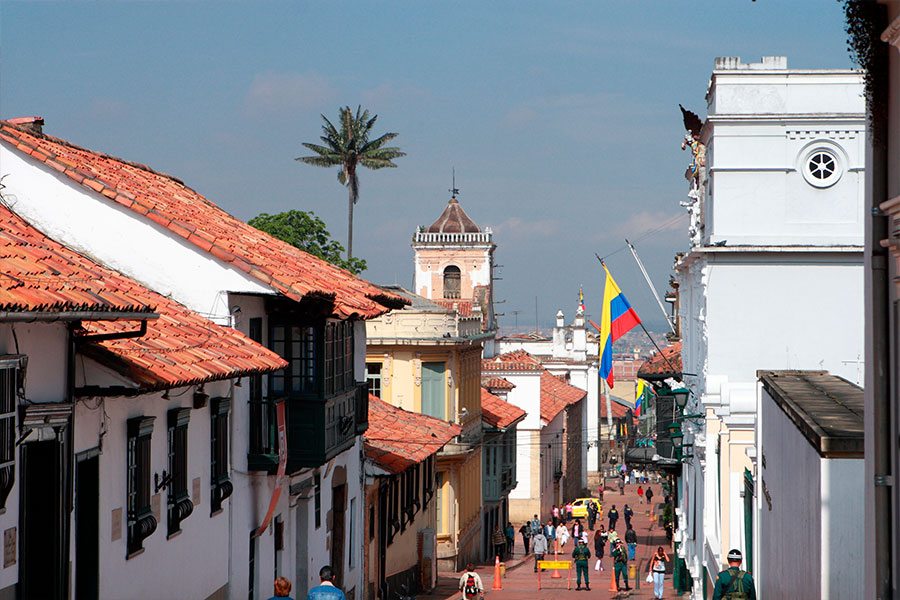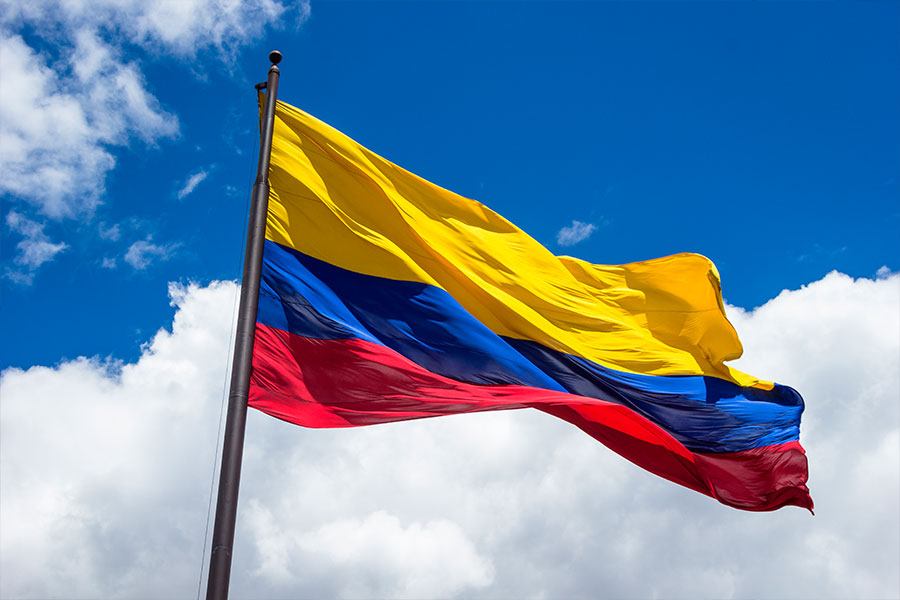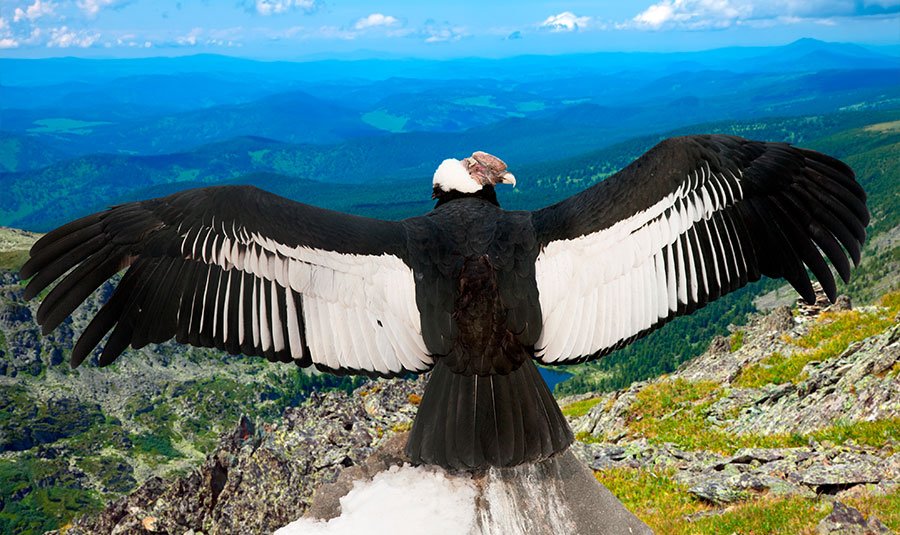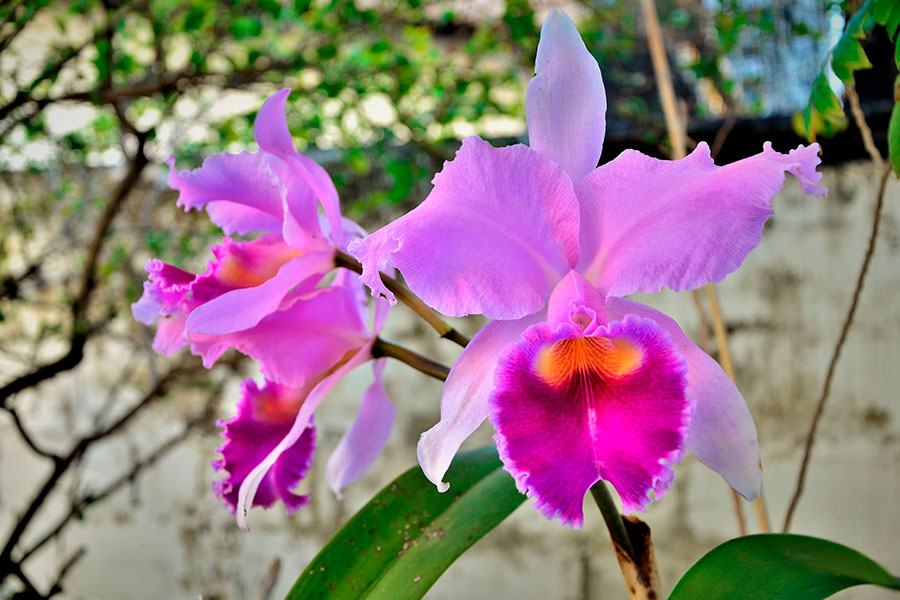COLOMBIA
COLOMBIA


La Candelaria, Bogotá
Welcome to Colombia, a tropical country of incredible diversity and charm. Its ever-changing geography, a history loaded with mystery and adventure, its people and cultures, have fascinated the world for centuries.
Although its excellent coffee and the purity of its emeralds have made the country famous, Colombia is also the homeland of the El Dorado legend and the magical universe of Garcia Marquez’s Macondo. If you still have not been here, you can browse our portal and realize how much you have been missing. Coming to Colombia is discovering a completely new world.
Colombian flag

Colombian people have many reasons to be proud of their country. Our contrasting natural regions, their profuse flora and fauna, the ethnic diversity of our people and the richness of our cultural and artistic patrimony are some of them.
We also recognize ourselves in multiple symbols and icons that identify us in front of the world. They are present in our everyday life, in our celebrations, events and solemn occasions. Their meaning is the pride we feel to be Colombians, our belonging and origin. They state our presence and comfort us in face of adversity. These symbols make up an indivisible unity out of our diversity.
Yellow is a symbol of the country's riches; blue represents the two oceans; red is for the blood spilled by our national heroes
Created by General Francisco de Miranda, the Colombian flag fluttered for the first time on March 12 1806 at La Vela harbor, and was officially adopted on November 26 1861. The primary colors, yellow, blue and red, inspired it. Yellow stands for our country’s richness. Blue, for our coasts on the Atlantic and Pacific oceans, while red evokes the blood of our Independence heroes.
Coat of arms

The Republic of Colombia’s oat of arms has three horizontal stripes. The condor, bird of our Andes, means freedom. It stands frontward, wings extended and looking to the right. A green laurel crown and a waving ribbon hang from its beak. On the ribbon are written the words “Libertad y Orden” (Liberty and Order), the national motto.
On the upper third, there is an open gold grenade on a blue background. It evokes the Nueva Granada, name of the country during the XIX. Century. On both sides, there are cornucopias: the right one is full of gold and silver coins, the left one tropical fruits. They symbolize the richness and prodigality of our soil.
In the middle stripe, there is a Phrygian cap over a platinum background, which stands for freedom. In the lower stripe, two ships with unfurled sails appear on both sides of the Panama isthmus, symbolizing the country’s two oceans. Unfurled sails stand for our international trade. Two national flags on both sides surround the coat.
National Bird

The Andean condor is the largest flying bird in the world
The majestic, big-sized Andean condor is considered the national bird. The Colombian coat of arms bears it, representing the country’s Glory. The Andean condor is the world’s biggest flying bird.
It can fly up to three hundred kilometers in a single day. Its plumage is almost completely black with metallic reflections, a white stripe on its wings and a white collar on the bottom of its neck. Males have a red comb on their head.
National Flower

The cattleya trianae orchid, also known as “May flower” or “May lily”, is Colombia’s national flower since 1936. Its name honors Colombian naturalist Jose Jeronimo Triana, and it’s typical of tempered heights (between 1000 and 2000 meters above sea level and 17-24º C.).
National Tree

The palma de cera (wax palm) grows in the Cocora Valley, in the Quindio province, a department of the Coffee Cultural Landscape. Its main features are its strength, longevity and size, since it reaches heights of seventy meters.
Colombian Music
The cumbia is the traditional Colombian musical genre best known in the world. Its origins date back to Guinean dances. It emerged from musical and cultural syncretism between Indians, Africans and Europeans in the Magdalena delta region.
Cumbia combines their contributions. It is performed in groups by couples who dance in a circle to the beat of the drums and gaita music and hold a lit candle in their hands.
Nowadays, vallenato and national pop music are the stars of the world’s musical scene. Colombian music is an always-reinventing melting pot of tendencies and rhythms.
National Sport
The tejo (quoits) is a modern version of the ancient Muiscas turmeque, a game they used to play more than five hundred years ago in the high plateau of Cundinamarca and Boyaca. It consisted in throwing a gold disk, called zepguagoscua, and through the centuries evolved into the game of tejo played in Colombia and neighboring countries.
Cumbia is the genre of music for which Colombia is known by the rest of the world.
Nowadays it consists in putting an iron quoit into a metal circle or bocin, whose edges are loaded with firecrackers, or mechas. Whoever causes more explosions wins the game. The Indians used to drink chicha, a fermented corn beverage, while playing the game. Now the players quench their thirst with beer.
The Colombian Institute for Youth and Sports, a public entity, is in charge of tejo rules and popularization.



















